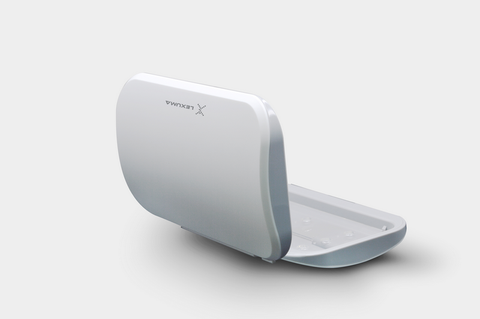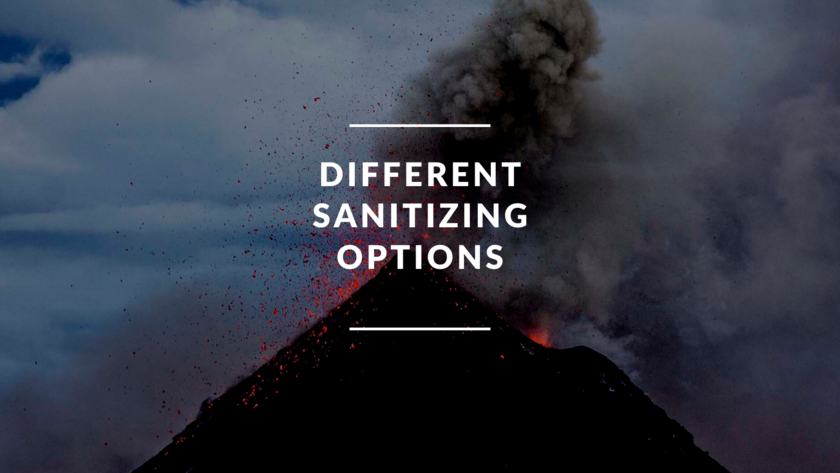
Four common disinfection methods
- 10 Mar, 2021
Different disinfection methods have different disinfection effects. Which disinfection method is best for you to use for daily epidemic prevention and resistance?
The recent outbreak of coronary virus has greatly improved people's awareness of environmental sanitation and disinfection. Now, discuss four common disinfection methods with you and check their use principles and precautions.
1. Disinfection of chlorine.
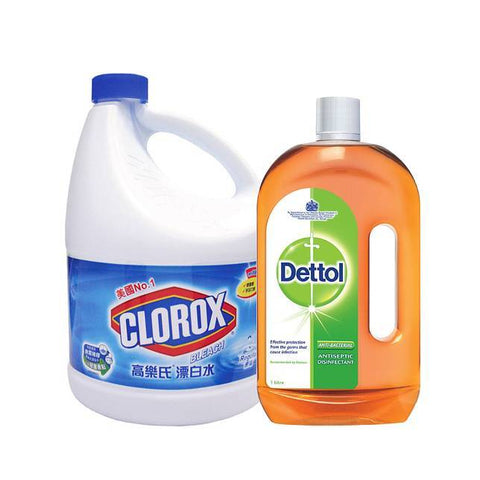
The principle of disinfection and sterilization is sodium serial chloride, and small molecules can invade the interior of microorganisms, which produces oxidation effects with ribin, causing bacteria and viruses to lose activity. Therefore, the diluted disinfection potion clean home can indeed keep the home cleansing and reduce the chance of bacterial breeding. However, many powerful disinfection agents are very irritating, and excessive concentration may cause harm to the human body. Therefore, the concentration of disinfectants is not as higher as possible.
2. High temperature disinfection method.
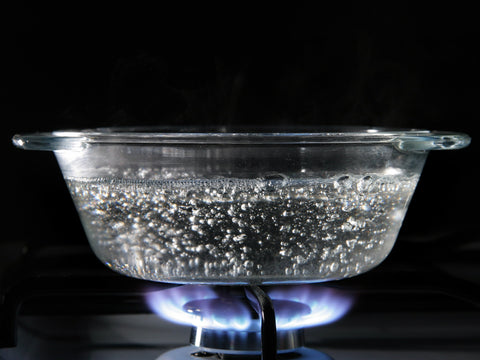
High -temperature sterilization has always been a way of disinfection of mouth, so when we go out to eat, we will use boiling water to disinfect the tableware. In the end, does this traditional wisdom be supported by science? The answer is! Virus is sensitive to thermal, and microorganisms will die due to protein degeneration in a high -thermal environment that exceeds its tolerance temperature. But note that this requires two prerequisites: temperature and time. The new coronal virus will be kept in about 30 minutes in water at 56 ° C before it can be eliminated. Moreover, not all kinds of objects can be heated and placed in boiling water. Therefore, high -temperature disinfection method does not seem to be a comprehensive disinfection and sterilization method.
3. Alcohol disinfection method is the most commonly used method for everyone now
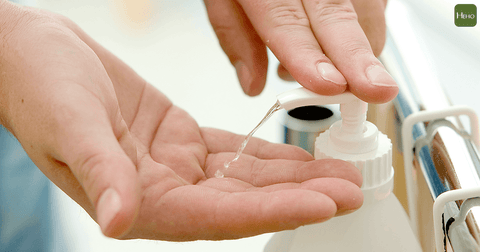
Recently, everyone is crazy about buying various types of alcohol disinfection products, such as alcoholic hand liquid, alcohol disinfection paper towels, and alcohol disinfection spray. In the end, can all the alcohol disinfection products in the workshop be the effect of disinfection and sterilization?
Indeed, alcohol is highly volatile, which can dehydrate and solidify microorganisms. In the end, microbial protein degeneration achieves disinfection effects. However, not each concentration of alcohol can achieve the same effect. Alcohol is better at 75%. It can have protein solidification and penetrating effects to achieve thorough sterilization function. But everyone must know a small fallacy. The higher the concentration of alcohol, the better it does not mean the effect of disinfection. High -concentration alcohol (so -called 95 % alcohol) can quickly solidify the protein on the surface of the bacterial surface, but it only stops at the outer layer. For some bacteria, its internal is still active, so it is not killed.
4. UV sterilization lamps are disinfected sterilization methods in recent years.
The principle is to use an appropriate wavelength to destroy the molecular structure of DNA (deoxyuraotosaccharotic acid) or RNA (ribonucleic acid) in the microbial cell cells, which will cause growth of growth cell death and / or recycled cell death to achieve the effect of sterilization and disinfection, and UV disinfection is a physical method. It does not increase any material on objects, does not cause any damage to the material, and has no side effects on the human body, so it is a more comprehensive disinfection method.
